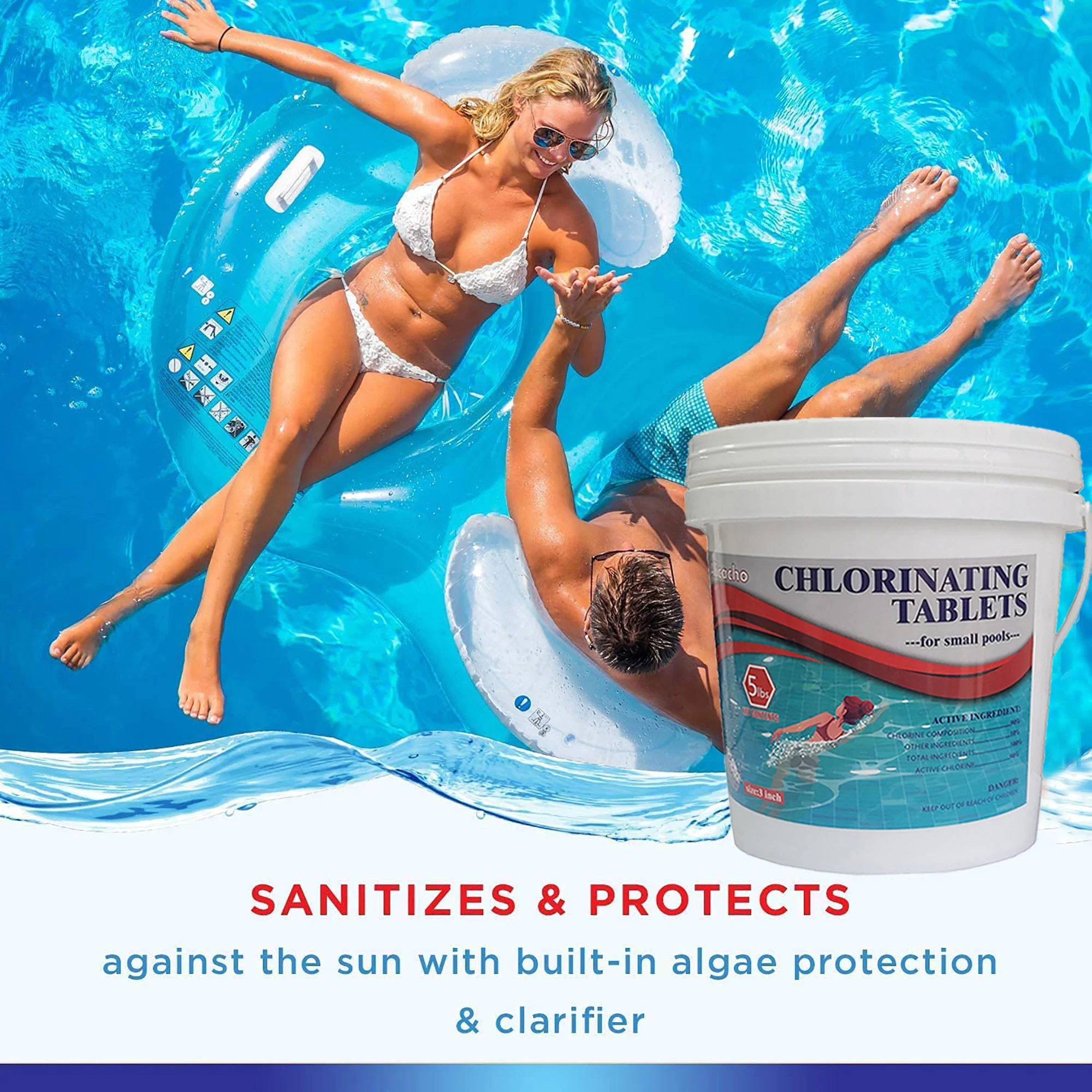Chlorine plays a pivotal role in maintaining the health and clarity of your pool water. Understanding the optimal timing for adding chlorine tablets can drastically improve your pool maintenance routine.
Understanding Chlorine Demand
Before diving into the timing, it's crucial to grasp why your pool needs chlorine. Chlorine combats algae, bacteria, and other harmful pathogens, ensuring your pool remains safe and inviting.
Testing Your Water
Start with testing your pool water's pH and chlorine levels at least twice a week. Ideal pH levels range from 7.4 to 7.6, and chlorine levels should stay between 1 and 3 parts per million (ppm). Use a reliable testing kit for accuracy.
Identifying the Best Time
The best time to add chlorine tablets to your pool is during the evening or late afternoon. This timing prevents chlorine from breaking down under the sun's ultraviolet (UV) rays, maximizing its effectiveness. For detailed guidance on adding chlorine tablets, consider visiting how to add chlorine tablets to your pool.

Routine and Shock Chlorination
Maintaining a routine is key to effective pool chemistry management.
Regular Chlorination
Add chlorine tablets weekly to maintain consistent chlorine levels. Place the tablets in a chlorinator, floater, or skimmer basket to ensure they dissolve slowly and distribute evenly.
Shock Treatment
Perform shock treatments bi-weekly or after heavy pool use, severe weather conditions, or visible algae growth. Shocking the pool drastically raises the chlorine level for a short period, eliminating accumulated contaminants and pathogens.
Safety Measures
Handling chlorine requires care to ensure your safety and the longevity of your pool equipment.
Proper Storage
Store chlorine tablets in a cool, dry, and well-ventilated area, away from direct sunlight and other chemicals to prevent reactions or degradation.
Handling Precautions
Always wear gloves and safety glasses when handling chlorine tablets to protect your skin and eyes from irritation. Never mix different types of chlorine or chemicals, as this can lead to dangerous reactions.
Conclusion
Timely and correct chlorine addition is paramount for keeping your pool water clean, clear, and safe. By following these guidelines and understanding the best practices for chlorine use, you can enjoy a pristine pool throughout the swimming season. Remember, consistency in testing and chlorination will help you maintain the perfect balance for your pool's health and safety.